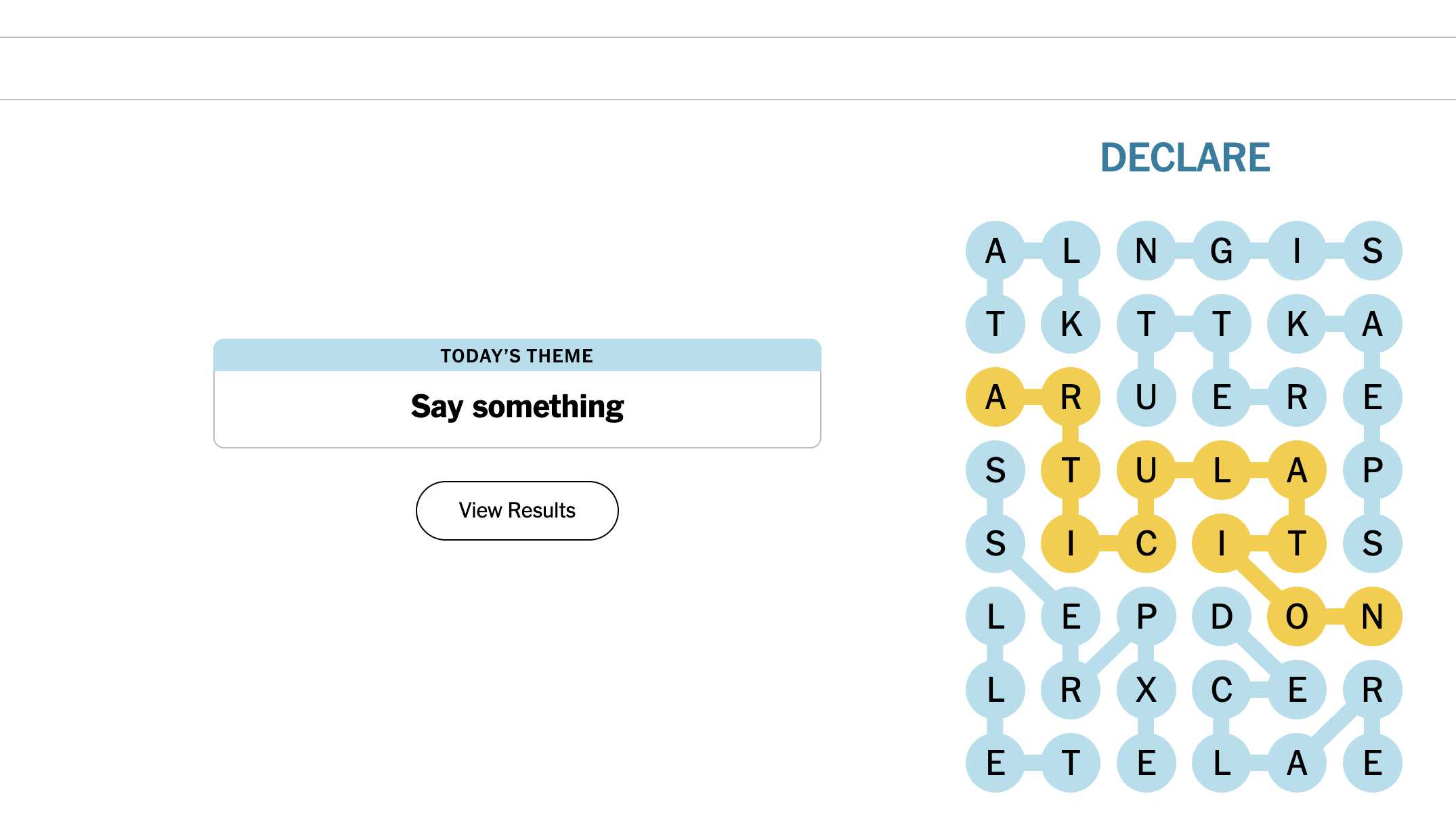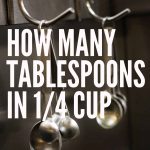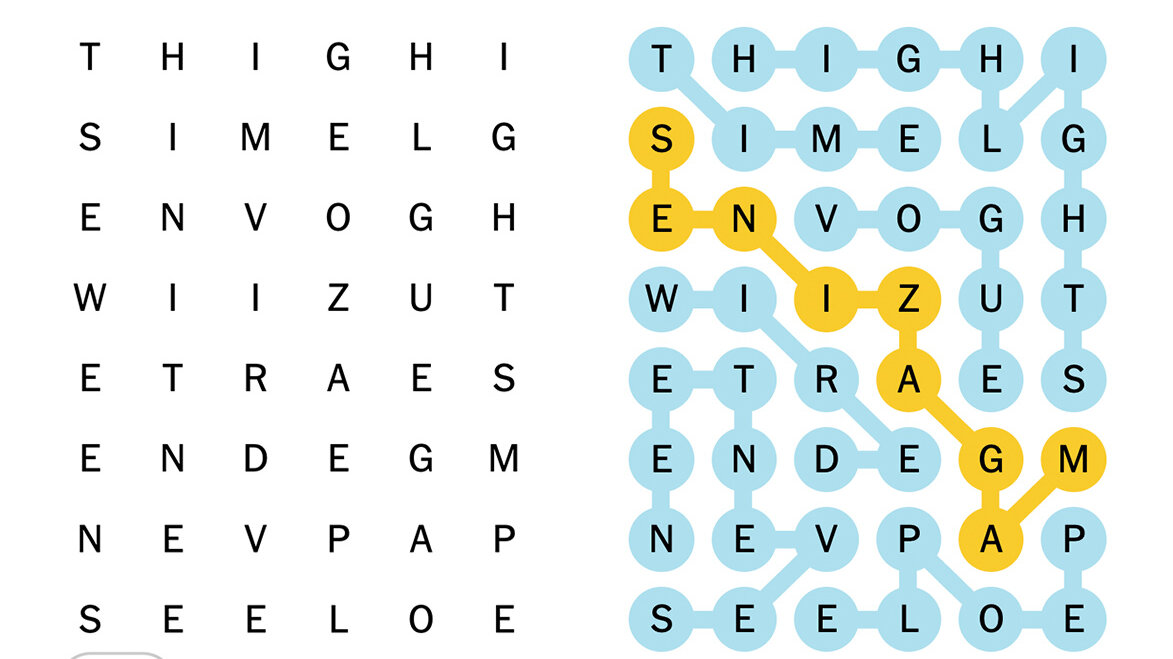Every morning used to start the same way for me: coffee, emails, and a quick scroll through social media. That is, until I stumbled upon the strands game. It wasn’t love at first sight, but curiosity pulled me in. Just one game, I told myself. But one turned into two, two into five, and soon, I was hooked. This game, built with clever design and deep wordplay, quickly became the highlight of my day.
Little did I know, that tiny puzzle would teach me not just how to think better—but how to win smarter.
The Origins of the Strands Game
The strands game is one of the newer creations in the online word game universe. Much like the cultural phenomenon Wordle or Spelling Bee, it belongs to the family of bite-sized, brainy puzzles. But what sets it apart is the concept of finding all related words based on a hidden theme, plus a central “spangram”—a word that spans across the board and links everything together.
It’s a test of vocabulary, deduction, and sometimes, pure intuition.
Players are presented with a grid of letters. The goal? To find words that fit the day’s theme. But the catch is—the theme isn’t told to you. You must discover it by solving.
First Encounter with the Puzzle
I remember the first time I tried the strands game. I stared at the screen blankly. The letters all blurred together like alphabet soup. The prompt gave nothing away. I tapped out a random word—tree. Nothing. Then I tried river. Bingo! It lit up in blue. Encouraged, I hunted for more words connected to water. That’s when the game whispered its secret: the hidden theme.
The excitement of discovery hit me hard. It wasn’t just a game anymore. It was a mystery.
Each round felt like being a detective. You weren’t just playing with letters—you were unveiling a story.
The Strategy Behind the Strands Game
Winning the strands game isn’t about having the biggest vocabulary. It’s about seeing patterns. Recognizing themes. Thinking laterally. Over time, I began developing strategies that transformed my guessing into knowing.
Here’s what worked for me:
- Start with common, simple words. These are often connected to the theme.
- Look for patterns in successful words. If you find apple, try banana, grape, peach—you might be dealing with fruits.
- Search for the spangram early. This long word is the backbone of the puzzle. Spotting it gives huge clues.
- Think categories. Nature, space, emotions, school—most puzzles are based on familiar groups.
- Stay calm. Sometimes, walking away and returning later helps your brain reset.
These habits turned the game from a guessing spree into a thoughtful exercise. And that’s when I discovered the seven secrets.

How I Learned the 7 Secrets
Let me take you back to the turning point. One morning, the strands game dropped a tough puzzle. I tried everything. Twenty minutes passed and I had only two words. Frustrated, I closed the tab. But something bugged me all day.
That evening, I came back. I zoomed out from the letters, stopped focusing on individual words, and instead asked: What story is this puzzle trying to tell me?
Suddenly, the pieces clicked. The theme was “space.” I saw orbit, galaxy, rocket, and the mighty astronaut running across the board—the spangram.
From then on, I approached each puzzle with a mix of logic and imagination. The seven secrets I learned?
- Start with the obvious. Common words often lead to uncommon answers.
- Group your guesses. Think in themes—even before you know the theme.
- Find anchor letters. Some letters appear in multiple words. Use them as anchors.
- Trust your gut. If a word “feels” right, try it.
- Zoom out. Don’t just stare—analyze the board like a picture.
- Learn from past puzzles. Patterns often repeat.
- Play daily. Like a muscle, your puzzle brain gets stronger with use.
These lessons didn’t just improve my score. They improved my thinking.
Why the Strands Game Became My Daily Ritual
Soon, playing the strands game became more than just a fun activity—it turned into my daily mental warm-up. Before work, before stress, before distractions—I would dive into the puzzle. Sometimes I’d solve it in five minutes, sometimes I’d spend half an hour. But the process grounded me.
Unlike mindless scrolling or games that only reward quick taps, this one encouraged thought. It trained me to see beyond the surface.
I even got a few friends hooked. We’d share our wins, compare strategies, and laugh over frustrating puzzles. It became a small but bright part of my daily rhythm.
In a world full of noise, the strands game felt like a calm mental exercise. Just me, some letters, and a hidden idea waiting to be revealed.

Visit our website for more updates and stories
Final Thoughts: A Brain-Boosting Adventure
The strands game isn’t just a puzzle. It’s a challenge, a story, and a little spark of joy. It trains your brain, rewards your intuition, and gives you that rush of satisfaction when everything finally clicks.
If you haven’t tried it yet, start today. And if you’re already playing, dig deeper. Use the strategies. Hunt the spangram. Share your win. Make it your morning ritual.
Because sometimes, the best adventures are hidden in a grid of letters—and all it takes is one word to unlock the whole world.













